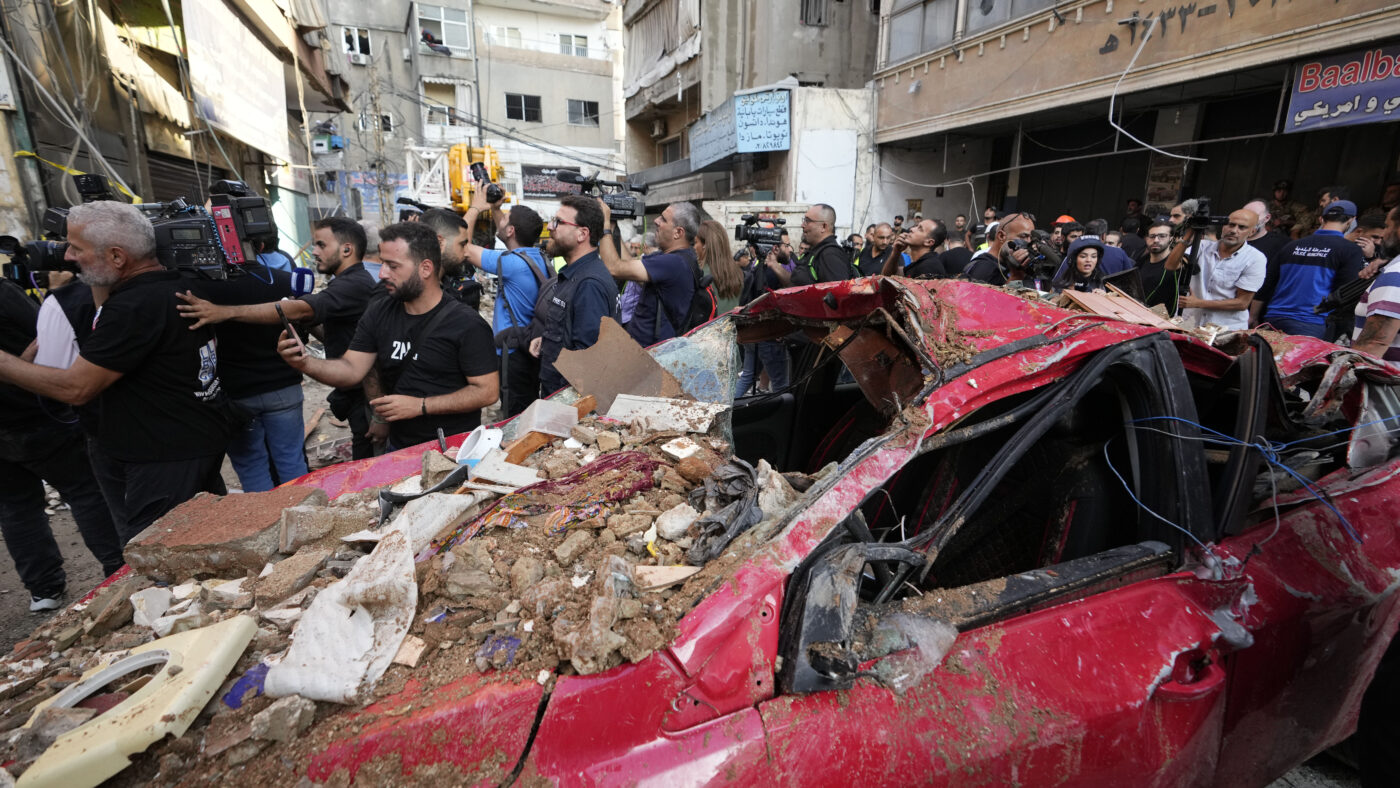
Lebanon
EMERGENCY ALERT:
CONFLICT & HUNGER
The recent escalation of conflict in Lebanon could push more families into acute hunger. The country already faces a severe humanitarian crisis.
FAMILIES AT RISK
Tens of thousands of families in Lebanon have been displaced by the recent escalation of conflict. Buildings have been destroyed and roads are crammed with people fleeing the violence. The situation will only worsen food insecurity in a country where over 1 million people are hungry.
While WFP initially began working in Lebanon to assist Syrian refugees, our role has expanded over the years to include the Lebanese population – ensuring that both vulnerable Lebanese and refugees have sufficient, nutritious food throughout the year. Now, we’re scaling up emergency operations to deliver food to survivors of the conflict.
2.5 million people across the country need food assistance
Poverty has more than tripled over the past decade
WFP is scaling up to assist 1 million people affected by the conflict
WHAT’S DRIVING HUNGER IN LEBANON?
Lying at the heart of a region beset by conflict and instability, Lebanon is already experiencing a profound economic and hunger crisis in addition to the protracted Syrian refugee crisis.
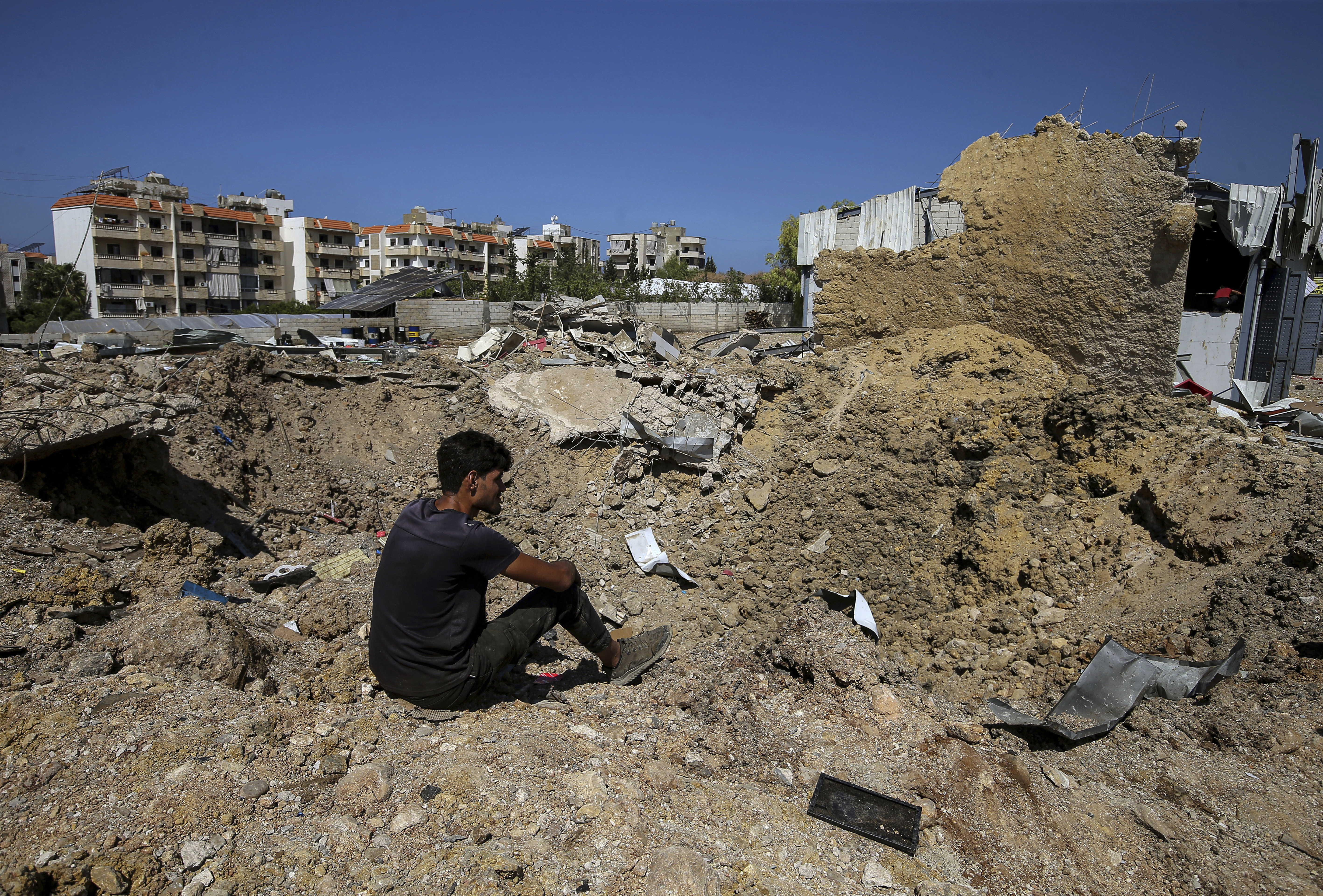
Since the escalation of conflict in Gaza in October 2023, Lebanon has faced rising tensions and hostilities along its southern borders.
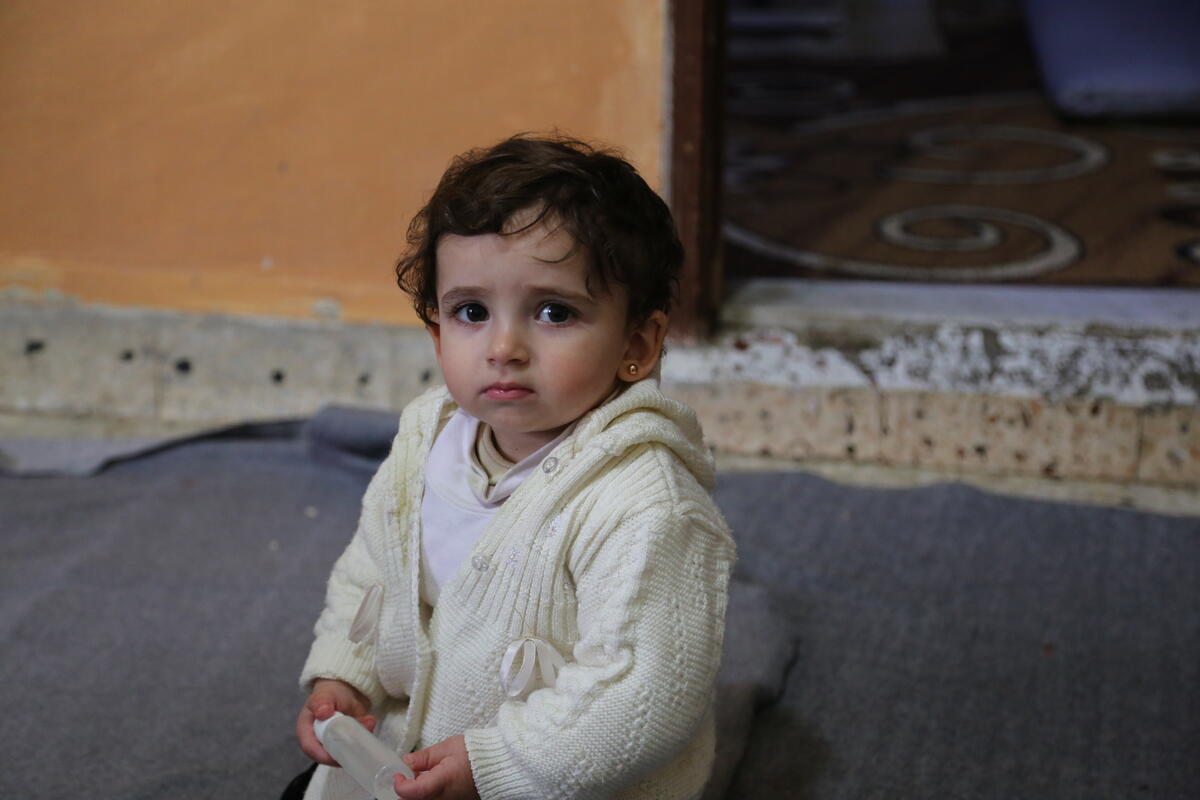
Poverty in Lebanon has more than tripled over the past decade. Today, it affects 44% of the population.

Lebanon faces persistently high inflation: In December 2023, it witnessed the second-highest rate of food inflation in the world.
How WFP Is Helping in Lebanon
The United Nations World Food Programme (WFP) remains at the forefront of the humanitarian response to Lebanon’s crisis. In 2023, WFP assisted over 1 million people in Lebanon through a range of programming.
Here’s how WFP is responding to the current crisis in Lebanon:
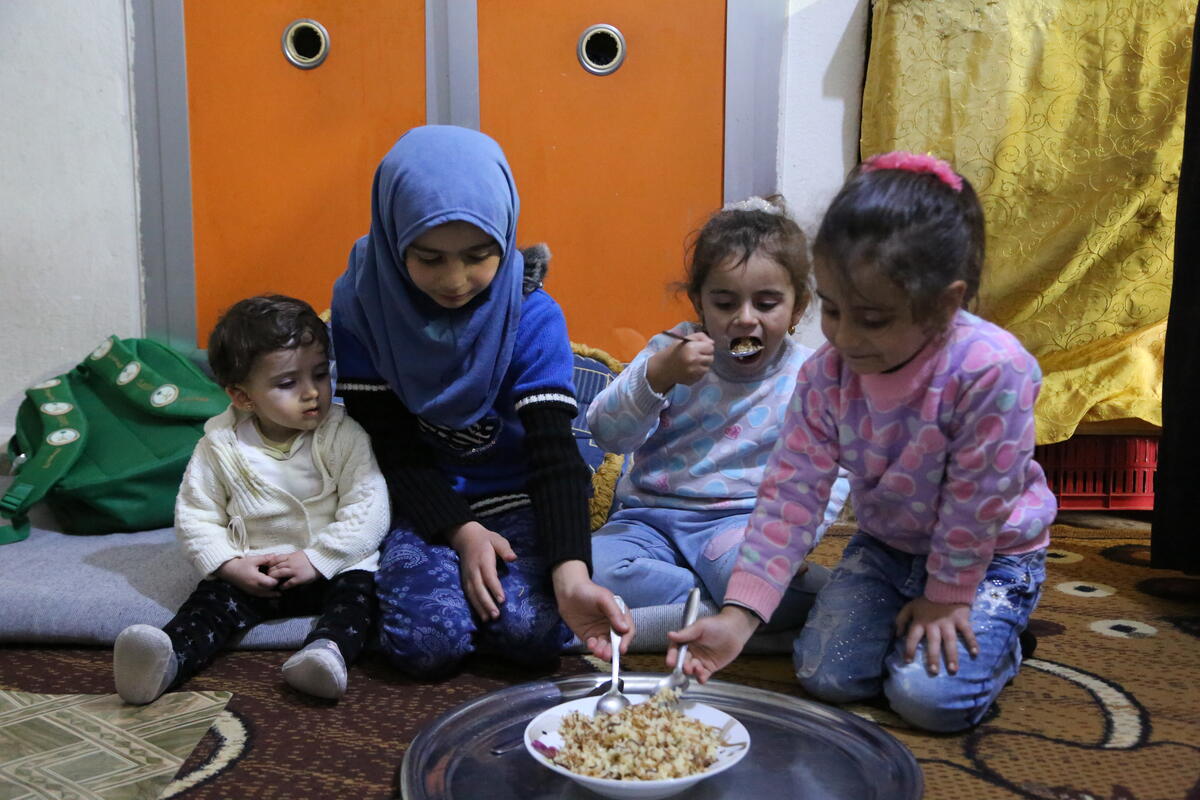
WFP has already provided food and cash assistance to more than 128,000 newly displaced people.

WFP will distribute fresh bread – produced daily by WFP-contracted bakeries – to affected families.
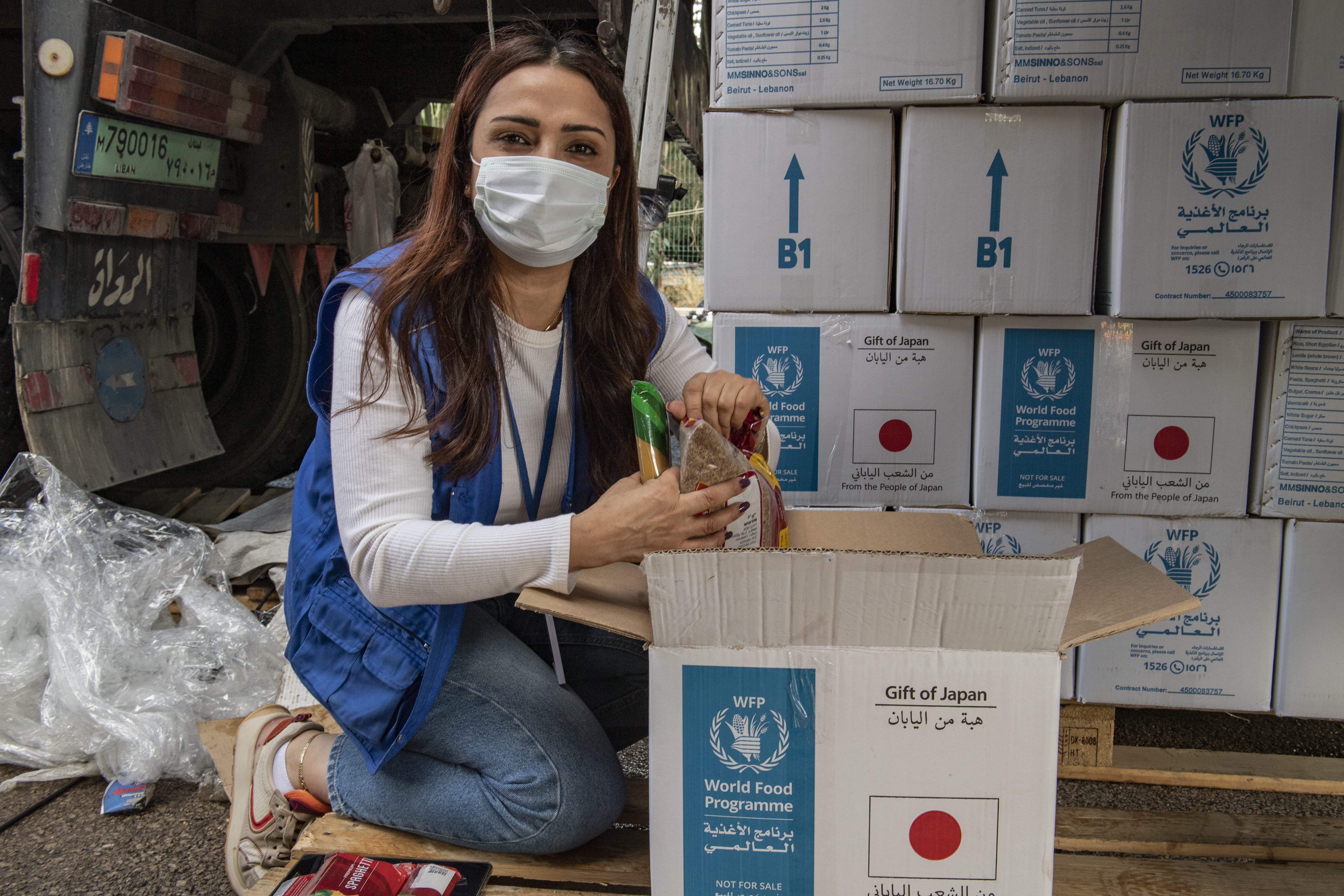
In preparation for such escalations in conflict, WFP prepositioned food supplies in Lebanon.
You Can Help Save Lives
When you donate, you help us deliver food to the most vulnerable people in Lebanon. You can make difference in someone’s life. Send food today.